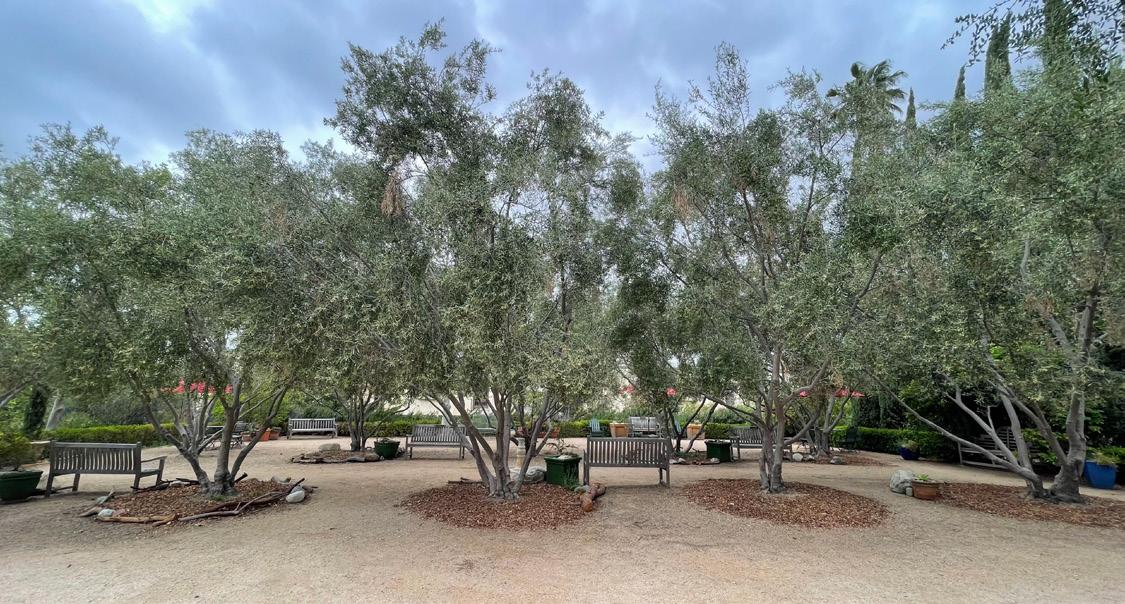
1 minute read
bladderpod cont.

california pepper tree cont.
Advertisement
Bernabé Cobo described chicha de molle thus:
It produces a little red fruit in racemes like the willow of which the Indians make chicha, and it is so strong that it makes one drunk more than that which is made of maize and other seeds, and the Indians consider it more valuable and a delicacy. (Bernabé Cobo, Historia del nuevo mundo , 1653; translated by Sophie Coe; quoted in Sayre et. al. “A marked preference.”) desiccation. Similarly, the leaves of bladderpod fold together along their center in times of drought — slender hands folded — reducing the leaf area exposed to the elements and increasing water retention.
In a study published in 2019, Dylan Stover reports that bladderpods create “islands of fertility” around themselves by increasing nutrients like phosphorus in the soil. These nutrient-rich islands may also help buffer the plants from the effects of drought.
According to some sources, traditional knowledge of this drink is disappearing. A 2004 study of the beverage in Peru found only one person who still knew how to make it, and he had not made any since he was a child. Other sources claim the beverage continues to be widely consumed in certain regions of Peru. The process is labor-intensive: 20 liters of chicha require over 4,000 ripe berries, each of which must have its tiny papery sheath and stem removed before boiling! The Spanish, for their part, were responsible for transporting Schinus molle throughout their sphere of influence including California. They were interested in the tree primarily as a spice, rather than an alcohol, and apparently hoped to use it to challenge the East India Company’s black pepper trade.
Index Of Plants
bladderpod brittlebush
• p.12
• p.34 buckwheat, california • p.10 conebush species crape myrtle grass-like species live oak, coast manzanita species
• p.16
• p.32
• p.24
• p.2
• p.22 milkweed, narrowleaf • p.6 olive, fruitless
• p.28 pepper tree, california • p.30 pine, coulter
• p.14 sage, hummingbird • p.8 sagebrush, california • p.18 st. catherine’s lace sycamore, western
• p.26
• p.4
Credits
Author
AJ Jewell, PhD
Illustrator
Emma Rose Fryer
Introduction capri kasai
Design designSimple
Editor
AJ Jewell, PhD
Copy Editor
Scott Oshima
Advisors
Paloma Avila, Levi Brewster, Mayita Dinos, Sybil Grant, Heisue Chung Matheu, Michelle Matthews, Tahereh Sheerazie
Executive Director
Michelle Matthews
Funding
Stanley Smith Horticultural Trust
LA Breakfast Club
All text ©2023 Arlington Garden










